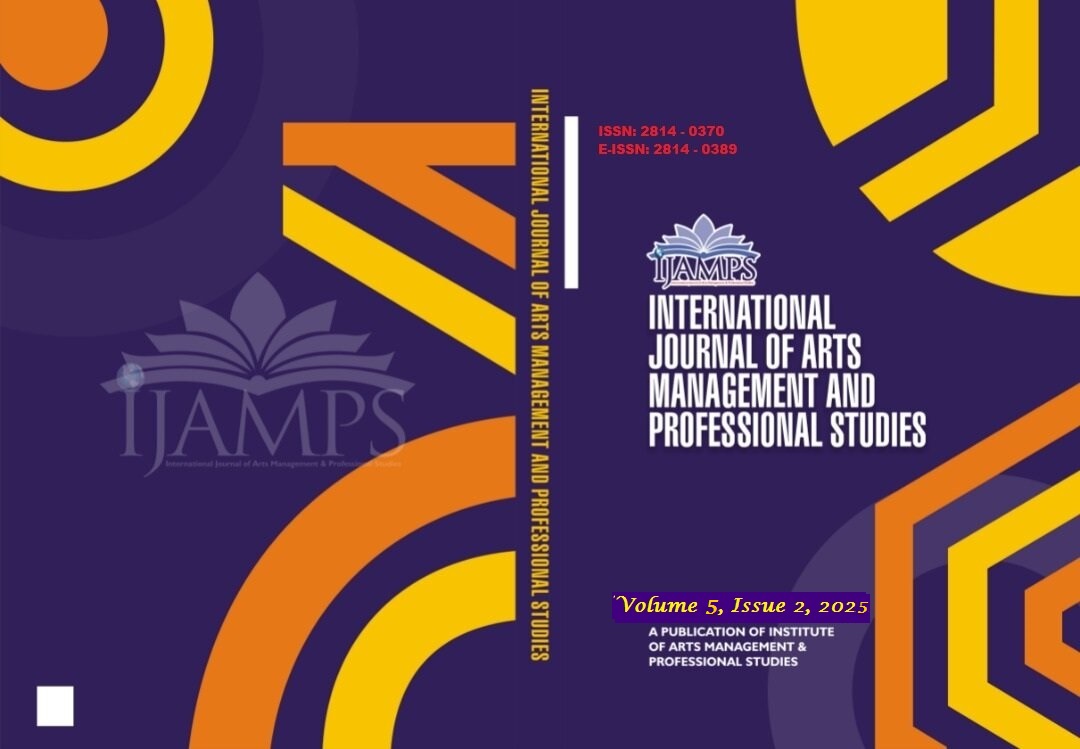
DIGITAL TRANSFORMATION IN PROCUREMENT: THE ROLE OF AI AND BLOCKCHAIN IN ENHANCING TRANSPARENCY AND EFFICIENCY
Babatunde, Adetona, PhD
Volume 5, Issue 2, June 2025
As global ecosystems for procurement become more integrated with technology, there is increased competition for organisations to improve transparency and efficiency and create strategic value. The shift toward using new technologies, such as AI and blockchain, has created opportunities for automation, data analysis, and increased visibility in the supply chain, ultimately transforming procurement into a digitally driven process. This study examines the impact of AI and Blockchain on procurement processes to understand how these technologies can enhance operational and transparency standards. AI systems that provide real-time decision-making streamline processes and reduce costs, which improves supplier relationship management and responsiveness to market changes. Advanced analytics technologies offered by AI facilitate risk management and optimisation optimisation of resource allocation through data-driven strategies for procurement. Using blockchain technology provides the procurement network with an immutable system record, which in turn offers visibility from one end to the other. Automated systems, enabled by blockchain technology, provide real-time information on suppliers, contract execution, and goods, sourcing, ensuring traceability and preventing fraud. With all these features, trust is built among participants while also enabling adherence to rules and ethically compliant sourcing.The dual function of AI and blockchain technologies in enabling procurement innovation is highlighted, focusing on the transformative shift toward novel business structures, integrated collaborative ecosystems, and convergence with contemporary technologies such as the Internet of Things (IoT) and robotic process automation (RPA). Various case studies and empirical analyses validate the claim that AI-blockchain integrated systems lead to efficiency improvements of up to 40% and cost savings of 30%. The paper discusses implementation issues related to data security, privacy, system interoperability, scalability, and managing organisational change. It also outlines future research opportunities while calling for cross-industry collaboration to harness the full potential of these technologies in transforming procurement management.